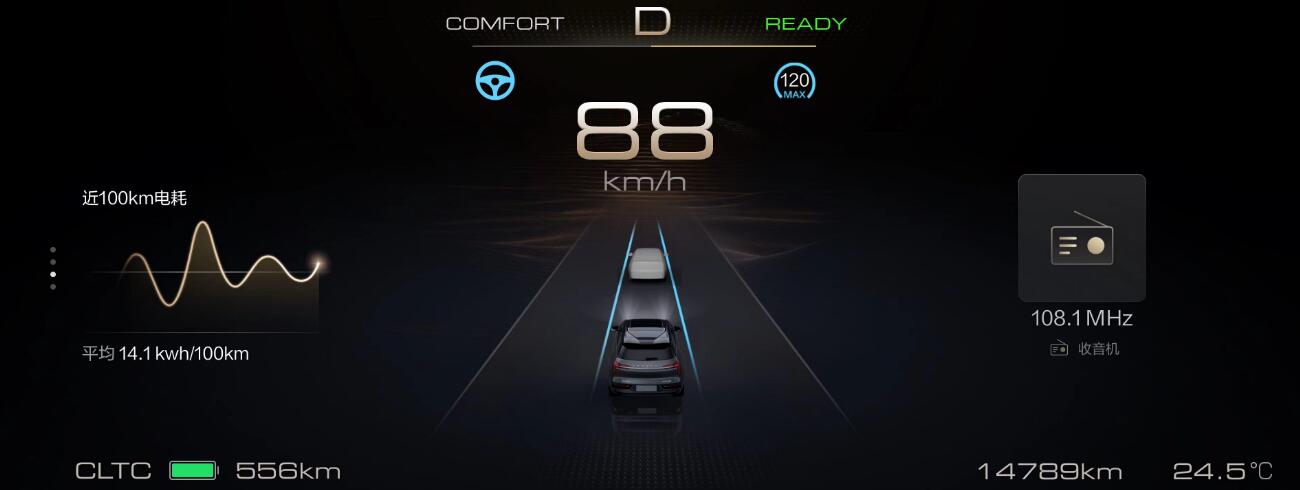Zhu, 43, has been officially named senior vice president of Tesla's automotive business.

Tom Zhu, who has made significant contributions to the development of Tesla's China business, has been officially named one of the top four executives at the US electric vehicle (EV) maker.
Zhu, 43, has been named senior vice president of Tesla's automotive business, according to a filing the EV maker made with the US Securities and Exchange Commission yesterday.
"Tom Zhu has served as our Senior Vice President, Automotive since April 2023," the filing reads.
Here is a brief description of Zhu in the filing:
Mr. Zhu joined Tesla in April 2014, and served in various operational roles before being appointed as Vice President, Greater China, where he led the construction and operations of Gigafactory Shanghai.
Mr. Zhu holds a bachelor's degree of commerce in information technology from the Auckland University of Technology and an M.B.A. from Duke University.

Zhu joined Tesla in April 2014 as the director of the EV maker's Supercharger program in China.
In July 2019, he was mentioned in media reports as Tesla's global vice president and president of Greater China region.
Rumors of Zhu receiving a promotion at Tesla began to emerge from late last year.
On July 8, 2022, Bloomberg cited people familiar with the matter as saying that Tesla had changed its management structure in the Asia-Pacific region, with executives in the region now reporting to Greater China rather than the United States.
Senior executives in the region report to Zhu, then president of Tesla China, meaning he also oversees Tesla's Asia Pacific region, a position previously held by US executives, according to the report.
On December 8, local media outlet Ping West reported that Tesla CEO Elon Musk would have Zhu succeed him as CEO of the EV maker.
Zhu's CEO position would be global, but the scope of responsibilities would likely be limited to Tesla's automotive business and not include self-driving and robotics programs, the report said.
Zhu has been promoted to head Tesla's US assembly plants and sales operations in North America and Europe, Reuters said on January 3, citing an internal report line announcement.
The move makes Zhu the highest-profile Tesla executive since Elon Musk, with oversight for deliveries in all of its major markets and all of its production outside the still-ramping Tesla plant in Germany, the report noted.
Zhu's promotion is apparently related to Tesla's China business becoming increasingly important.
Tesla delivered 422,875 vehicles worldwide in the first quarter, including 412,180 Model 3 and Model Y vehicles and 10,695 Model S and Model X vehicles, according to figures it announced April 2.
Tesla's China-made vehicles delivered 229,322 units in the first quarter, up 25.88 percent from 182,174 units in the same quarter last year, according to data from the China Passenger Car Association (CPCA) monitored by CnEVPost.
This means that 54 percent of Tesla's global deliveries in the first quarter were made at the Shanghai plant.
Tesla sells 88,869 China-made vehicles in Mar, CPCA data show
The post Tom Zhu becomes 1 of 4 key execs at Tesla appeared first on CnEVPost.
For more articles, please visit CnEVPost.

























